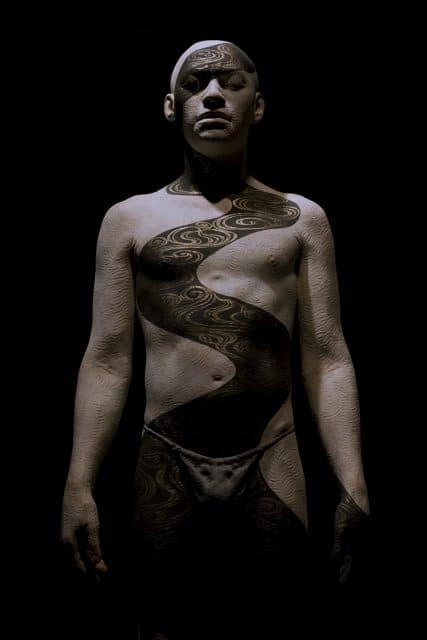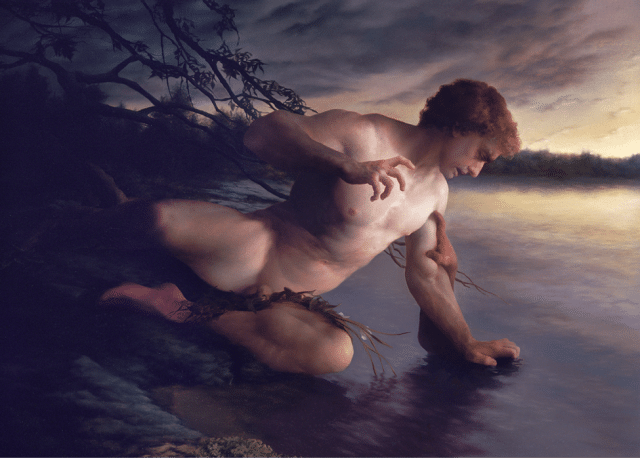Inspired by Robert Zeller’s recent book titled The Figurative Artist’s Handbook, this New York gallery will host “The New Baroque,” an exhibition of outstanding figurative art curated by Zeller himself with Casey Gleghorn. Where?
On view from November 18 through January 13 at New York City’s Booth Gallery, “The New Baroque” is a fascinating figurative exhibition curated by Robert Zeller and Casey Gleghorn and inspired by Zeller’s recent publication The Figurative Artist’s Handbook. The exhibition includes many artists who are featured in the book, plus additional artists including both painters and sculptors.



Among the artists represented are Steven Assael, Bo Bartlett, Aleah Chapin, Carl Dobsky, Randall Exon, Zoey Frank, Alex Kanevsky, David Kassan, Kurt Kauper, Evan Kitson, Maria Kreyn, Brad Kunkle, Christian Johnson, Adam Miller, Matthew Miller, Alyssa Monks, Odd Nerdrum, Ashley Oubre, Camie Salaz, Chie Shimizu, Nicola Verlato, and Rob Zeller. A reception will be hosted at the gallery on November 18 at 7 p.m.
To learn more, visit Booth Gallery.
This article was featured in Fine Art Today, a weekly e-newsletter from Fine Art Connoisseur magazine. To start receiving Fine Art Today for free, click here.









[…] November 2, 2017: online […]